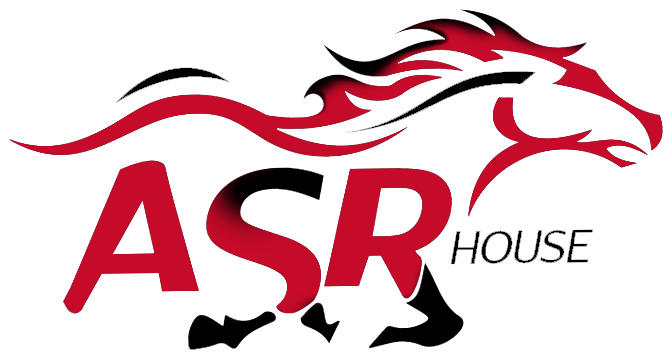
As a graphic designer, creating a logo is one of the most important tasks you will undertake. A logo is the visual representation of a brand and can make or break its success. A well-designed logo can communicate a brand’s message, values, and personality in an instant. In this guide, we will take you through the process of creating effective logos, from concept to execution.
Understanding the Brand
Before you start designing a logo, it’s important to understand the brand you’re designing for. What are their values? What is their mission statement? What sets them apart from their competitors? Understanding the brand’s identity is crucial in creating a logo that accurately represents them.
Brainstorming and Sketching
Once you have a solid understanding of the brand, it’s time to start brainstorming and sketching ideas. Start by jotting down words and phrases that come to mind when you think of the brand. This can help you identify key elements that you may want to incorporate into the logo.
Next, start sketching out rough ideas. Don’t worry about making them perfect at this stage. The goal is to get as many ideas down on paper as possible. Play with different shapes, fonts, and colors to see what works and what doesn’t.
Refining Your Ideas
After you have a handful of rough ideas, it’s time to start refining them. Take the ideas that you think have the most potential and start fleshing them out. Begin experimenting with different colors, fonts, and layouts.
It’s important to keep in mind the brand’s identity and values when refining your ideas. Your logo should accurately represent the brand and what they stand for. Don’t be afraid to ask for feedback from the client or others in the industry.
Choosing the Right Typeface
Choosing the right typeface is crucial in creating an effective logo. The typeface you choose can convey a lot about the brand’s personality and values. For example, a sans-serif font may be more appropriate for a modern, tech-focused brand, while a serif font may be better suited for a more traditional, established brand.
It’s important to consider legibility when choosing a typeface. Your logo should be easily recognizable, even when viewed from a distance or at a small size. Avoid overly complex or decorative typefaces, as they may be difficult to read.
Color Selection
For Creating effective logos color is another important element of logo design. Color can convey emotion, evoke a mood, and help differentiate the brand from its competitors. When selecting colors for a logo, it’s important to keep in mind the brand’s values and identity.
Different colors can have different meanings depending on the context. For example, blue can convey trust and reliability, while red can be associated with energy and passion. It’s important to choose colors that accurately represent the brand and the message they want to convey.
Simplicity is Key
When it comes to logo design, simplicity is key. A simple, clean logo is more memorable and easily recognizable than a complicated, cluttered one. Avoid using too many colors or intricate details that may be difficult to reproduce at smaller sizes.
Your logo should be easily recognizable and work well across a variety of mediums, from print to digital. It should be scalable and legible at different sizes, and work in both color and black and white.
Test Your Design
Before presenting your final design to the client, it’s important to test it out in different scenarios. Make sure the logo looks good at different sizes and on different backgrounds. Test it out in both color and black and white to ensure it is legible in all situations.
Presenting Your Design
When presenting your final design to the client, it’s important to explain
